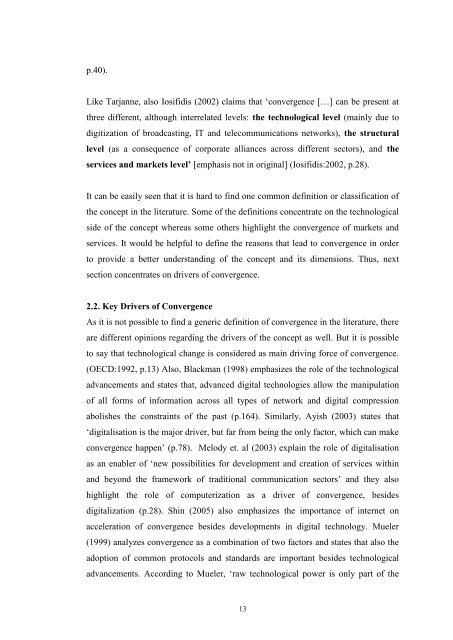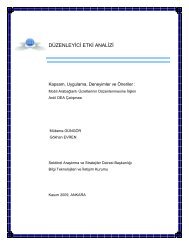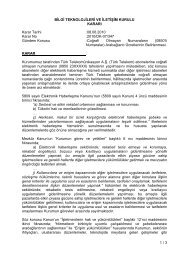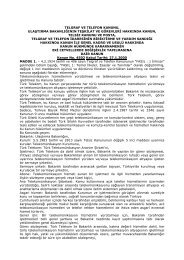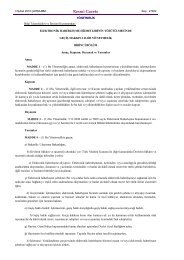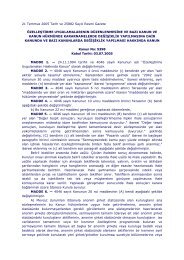city university london school of social sciences convergence of ...
city university london school of social sciences convergence of ...
city university london school of social sciences convergence of ...
You also want an ePaper? Increase the reach of your titles
YUMPU automatically turns print PDFs into web optimized ePapers that Google loves.
p.40).Like Tarjanne, also Iosifidis (2002) claims that „<strong>convergence</strong> […] can be present atthree different, although interrelated levels: the technological level (mainly due todigitization <strong>of</strong> broadcasting, IT and telecommunications networks), the structurallevel (as a consequence <strong>of</strong> corporate alliances across different sectors), and theservices and markets level’ [emphasis not in original] (Iosifidis:2002, p.28).It can be easily seen that it is hard to find one common definition or classification <strong>of</strong>the concept in the literature. Some <strong>of</strong> the definitions concentrate on the technologicalside <strong>of</strong> the concept whereas some others highlight the <strong>convergence</strong> <strong>of</strong> markets andservices. It would be helpful to define the reasons that lead to <strong>convergence</strong> in orderto provide a better understanding <strong>of</strong> the concept and its dimensions. Thus, nextsection concentrates on drivers <strong>of</strong> <strong>convergence</strong>.2.2. Key Drivers <strong>of</strong> ConvergenceAs it is not possible to find a generic definition <strong>of</strong> <strong>convergence</strong> in the literature, thereare different opinions regarding the drivers <strong>of</strong> the concept as well. But it is possibleto say that technological change is considered as main driving force <strong>of</strong> <strong>convergence</strong>.(OECD:1992, p.13) Also, Blackman (1998) emphasizes the role <strong>of</strong> the technologicaladvancements and states that, advanced digital technologies allow the manipulation<strong>of</strong> all forms <strong>of</strong> information across all types <strong>of</strong> network and digital compressionabolishes the constraints <strong>of</strong> the past (p.164). Similarly, Ayish (2003) states that„digitalisation is the major driver, but far from being the only factor, which can make<strong>convergence</strong> happen‟ (p.78). Melody et. al (2003) explain the role <strong>of</strong> digitalisationas an enabler <strong>of</strong> „new possibilities for development and creation <strong>of</strong> services withinand beyond the framework <strong>of</strong> traditional communication sectors‟ and they alsohighlight the role <strong>of</strong> computerization as a driver <strong>of</strong> <strong>convergence</strong>, besidesdigitalization (p.28). Shin (2005) also emphasizes the importance <strong>of</strong> internet onacceleration <strong>of</strong> <strong>convergence</strong> besides developments in digital technology. Mueler(1999) analyzes <strong>convergence</strong> as a combination <strong>of</strong> two factors and states that also theadoption <strong>of</strong> common protocols and standards are important besides technologicaladvancements. According to Mueler, „raw technological power is only part <strong>of</strong> the13


